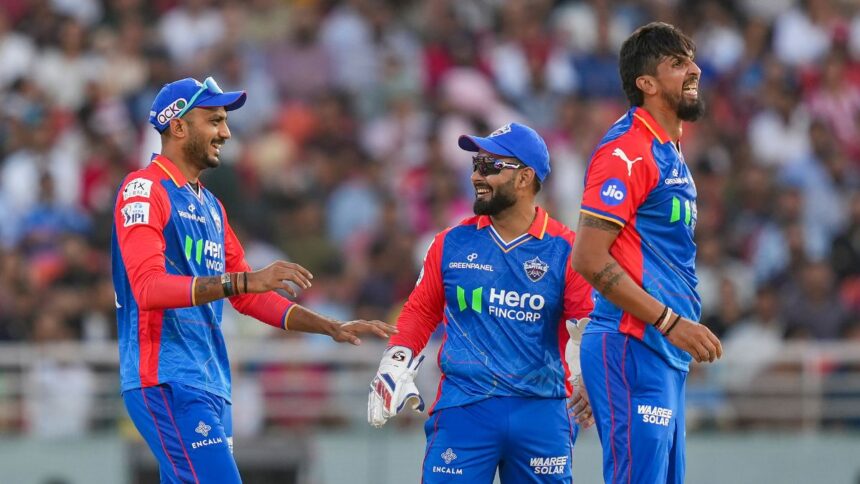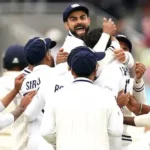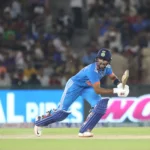Introduction: Time is Ticking in T20 Cricket
The Indian Premier League (IPL) is known for its fast-paced, action-packed cricket. With tight match schedules and global broadcasting slots, maintaining the pace of the game is not just a matter of discipline—it’s a regulation. One of the most scrutinized aspects of match conduct is the over rate. A slow over rate can disrupt the game flow and affect broadcast timelines, fan experience, and fairness in play. That’s why the IPL governing council enforces strict penalties on teams and captains that fail to complete their overs in the allotted time.
What Is Slow Over Rate in IPL?
In IPL, each team is required to complete 20 overs within 90 minutes, which includes timeouts and natural delays. The actual bowling time is 85 minutes, with 5 minutes allotted for two strategic timeouts. A team is said to be guilty of a slow over rate if it fails to start the final over of the innings before the 90-minute mark, excluding any allowances for injuries, third umpire reviews, or on-field interruptions.
What is Slow Over Rate Penalty in IPL?
The penalties for a slow over rate in IPL are primarily financial for the first few offenses but can escalate to match suspensions and point deductions for repeat violations.
First Offense
- Captain fined ₹12 lakh (or the minimum match fee if lower)
- Applies only if it’s the team’s first time violating the over rate rule in a season.
Second Offense (Same Season)
- Captain fined ₹24 lakh
- Rest of the playing XI fined ₹6 lakh or 25% of match fee, whichever is lesser
Third Offense and Beyond
- Captain fined ₹30 lakh
- One-match ban for the captain
- Rest of the team fined ₹12 lakh or 50% of match fee
For example, in IPL 2023, Faf du Plessis, Sanju Samson, and Hardik Pandya were among several captains fined for slow over rates during tight games, especially in matches with high run totals and long review delays.
Read Also: World’s Biggest Cricket Stadium: Narendra Modi Stadium, Ahmedabad
In-Game Penalty: Fewer Fielders Allowed
Starting from IPL 2022, the league also introduced on-field penalties for teams that fail to bowl their overs in time. If a team hasn’t completed their 20 overs within the stipulated 90 minutes:
- Only 4 fielders are allowed outside the 30-yard circle instead of 5 for the remaining overs
This rule has a direct tactical impact, as it increases the risk of conceding boundaries in the final overs.
Why Is Over Rate So Important in IPL?
- TV and Broadcast Commitments:
IPL matches are watched by millions worldwide. A slow game can push post-match shows and scheduled broadcasts off-track. - Fair Play and Game Flow:
Maintaining over rates ensures both teams are treated equally and time-wasting is minimized. - Fan Experience:
T20 cricket is about intensity and pace. Prolonged games disrupt viewer engagement and stadium scheduling.
Challenges in Maintaining Over Rate
- Frequent DRS reviews
- Injuries and fitness breaks
- Strategic planning between deliveries
- High-scoring games with more sixes and field changes
Despite allowances made for natural interruptions, captains are held responsible for their team’s pace of play.
Over Rate Monitoring and Umpire Role
The IPL match referee and fourth umpire monitor the over rate throughout the match. Fielding captains are alerted during the innings, and the final decision on penalty is made post-match. The league uses digital timers and communication tools to enforce transparency and consistency in enforcement.
Recent Notable Fines and Suspensions (2022–2024)
- Hardik Pandya (GT Captain) – Fined multiple times in 2022 for repeated slow over rate offenses
- Sanju Samson (RR Captain) – Penalized in IPL 2023, second offense led to team-wide fines
- KL Rahul (LSG Captain) – Faced match-time pressure and near-suspension risk in 2022 playoffs
Will There Be Stricter Rules in Future IPL Seasons?
The IPL continues to evolve with more in-match penalties like reduced fielders and potential extra-run awards in the pipeline to prevent slow overs. With Impact Player rules and longer reviews, maintaining over rate discipline may become harder but more essential. The BCCI and IPL governing body are expected to review and tighten these rules further from IPL 2025 onward.
Conclusion
Slow over rate penalties in the IPL are not just a formality—they play a crucial role in keeping the game fair, engaging, and broadcast-ready. While the fines serve as a deterrent, the tactical in-game penalty of fewer boundary riders adds immediate consequences. As the league gets faster and more competitive, captains and coaches will have to plan bowling spells, field placements, and DRS usage with the over rate in mind. It’s no longer just about runs and wickets—it’s about racing the clock too.
FAQs
Q1: How many minutes are allowed per innings in the IPL?
A: Teams must bowl 20 overs in 90 minutes, with 85 minutes of playing time and two 2.5-minute strategic timeouts.
Q2: What is the fine for a slow over rate in IPL?
A: ₹12 lakh for the first offense, escalating to ₹24 lakh, ₹30 lakh, and a match ban for repeated violations.
Q3: What is the on-field penalty for slow over rate?
A: Only 4 fielders are allowed outside the circle for the unfinished overs.
Q4: Can a captain be suspended for slow over rate?
A: Yes, if a captain commits three over rate offenses in the same season, he receives a one-match suspension.
Q5: Who decides the penalty for over rate in IPL?
A: The IPL match referee, in consultation with umpires and match officials, confirms and applies the penalty after the game.












